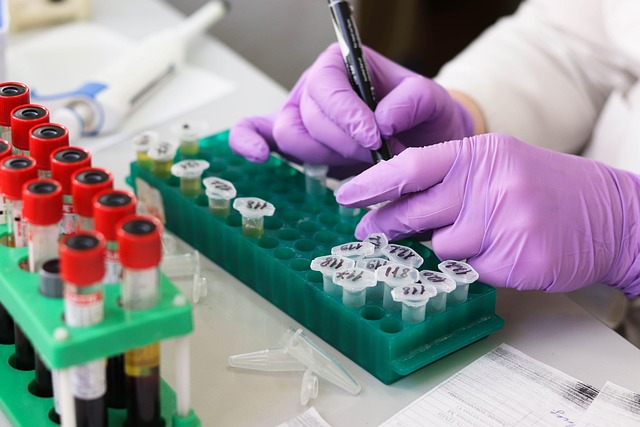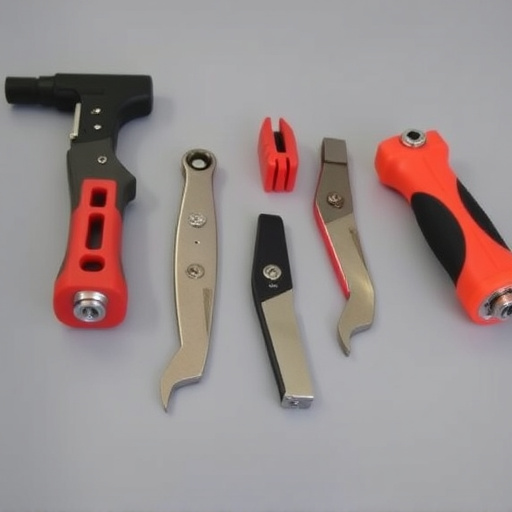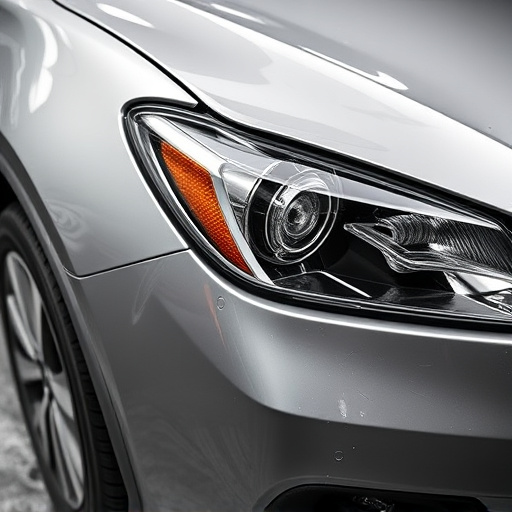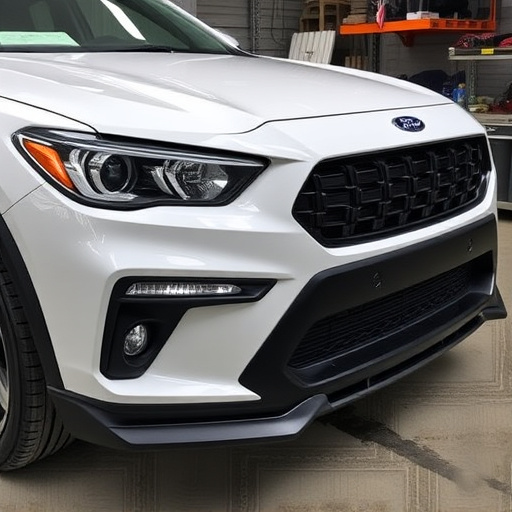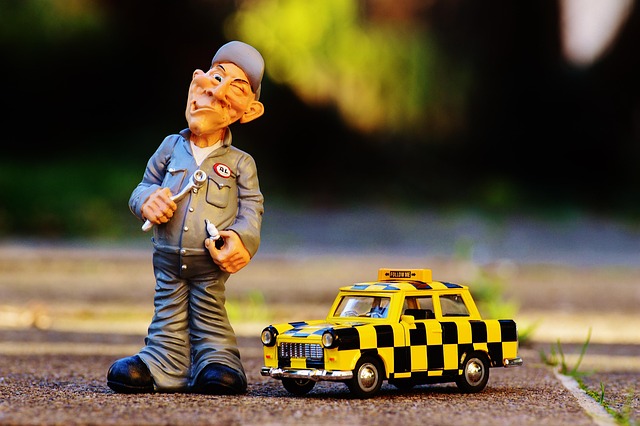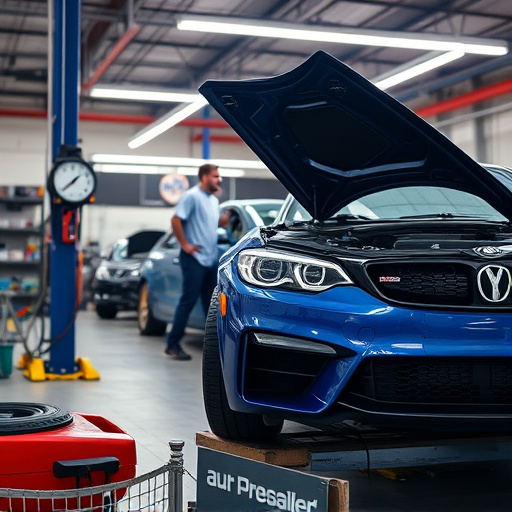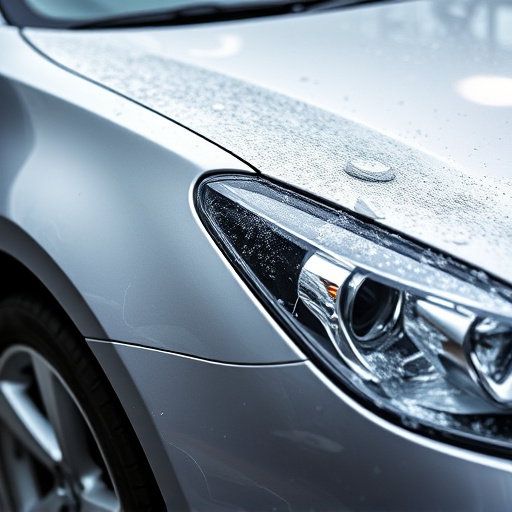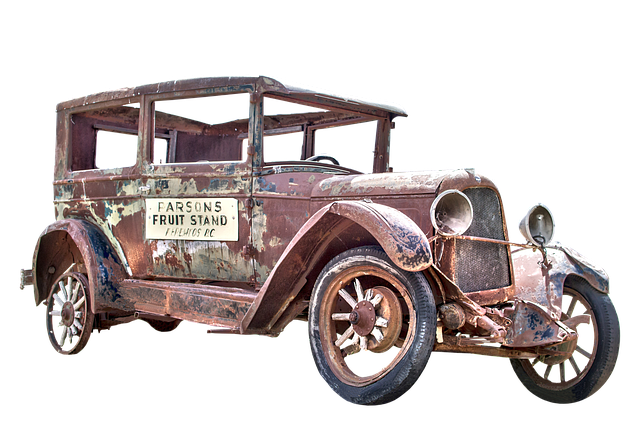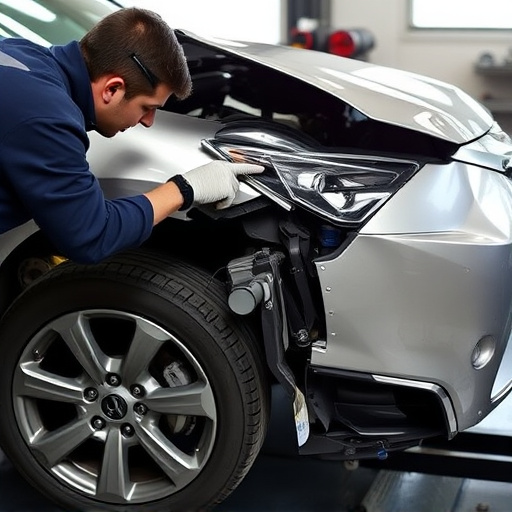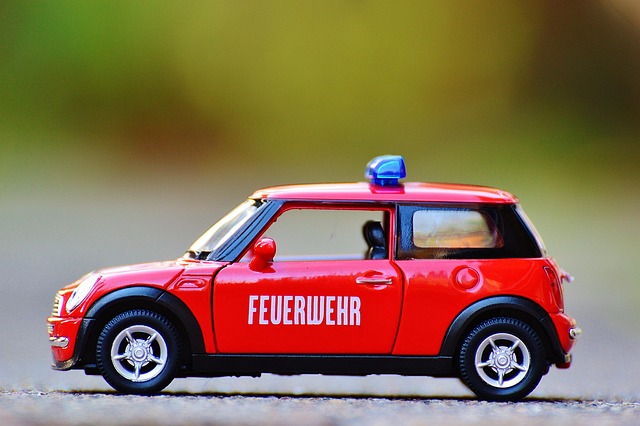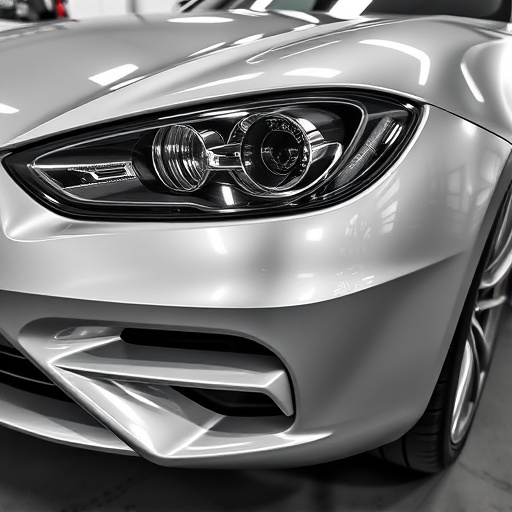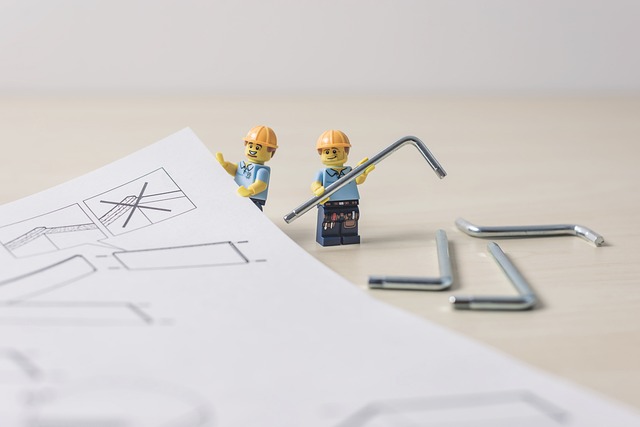Auto bumper repair is a common yet intricate process that involves more than just a quick fix. Damage can range from minor scratches to significant dents, requiring a systematic approach. This article guides you through understanding bumper damage and offers a step-by-step breakdown of the repair process, focusing on sanding and repainting techniques. We’ll also share maintenance tips to ensure your repaired bumper lasts, highlighting essential practices for optimal auto bumper repair and longevity.
- Understanding Auto Bumper Damage and Repair Process
- The Step-by-Step Guide to Sanding and Repainting
- Ensuring Longevity: Tips for Maintaining Your Repaired Bumper
Understanding Auto Bumper Damage and Repair Process
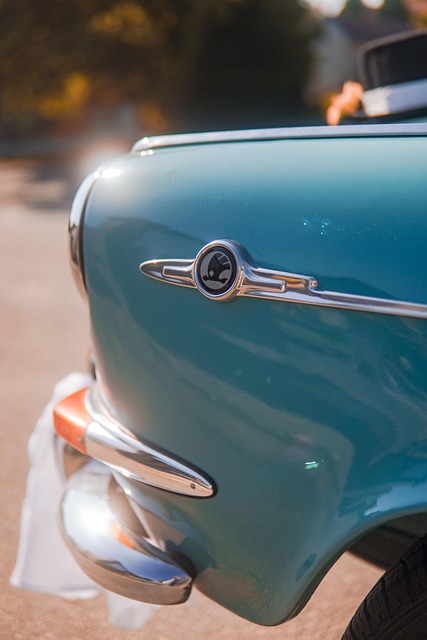
Auto bumper damage can arise from various incidents, including minor collisions, parking bumps, or even simple age-related wear and tear. Understanding the repair process is crucial for car owners seeking to restore their vehicle’s aesthetic appeal and safety features. The first step in auto bumper repair typically involves a thorough inspection to assess the extent of the damage. Technicians will identify cracks, dents, or any misalignments, using specialized tools and expertise.
Once the damage is accurately determined, the repair process begins with sanding down the affected area to ensure a smooth surface. This meticulous step prepares the bumper for repainting, ensuring the new coat adheres properly. Following this, skilled technicians will apply high-quality paint designed to match the vehicle’s original color, using advanced equipment for a precise and even finish. Auto maintenance enthusiasts often appreciate that prompt action on bumper repairs not only enhances the car’s appearance but also maintains its structural integrity, contributing to safer driving conditions.
The Step-by-Step Guide to Sanding and Repainting
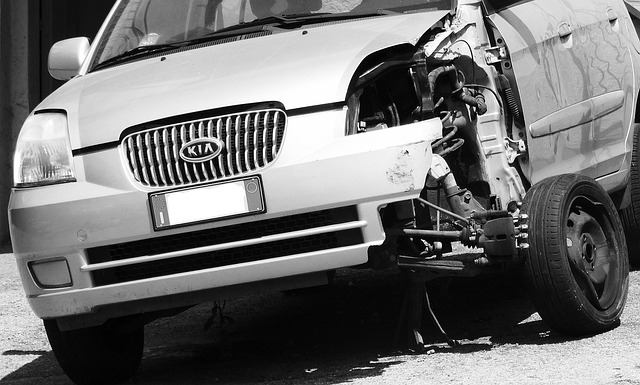
Start by thoroughly inspecting the damaged bumper to identify the extent of the repairs needed. This involves assessing cracks, dents, and any other imperfections. Once the area requiring attention is clear, don your protective gear, including gloves and a respirator, as auto bumper repair often involves working with fine sands and paints.
The sanding process begins by using coarse-grit sandpaper to remove any remaining debris or rough edges. Gradually work your way up to finer grits for a smooth finish. After sanding, it’s crucial to give the surface a thorough cleaning to ensure no residual dust remains. Next, apply an auto painting primer to create a clean canvas for repainting. This step is vital in achieving a long-lasting, seamless finish. Finally, use high-quality automotive paint to match the bumper’s original color, applying even coats until the desired look is achieved. A collision repair shop’s expertise ensures these steps are executed correctly, resulting in a restored bumper that blends seamlessly with the vehicle’s exterior.
Ensuring Longevity: Tips for Maintaining Your Repaired Bumper
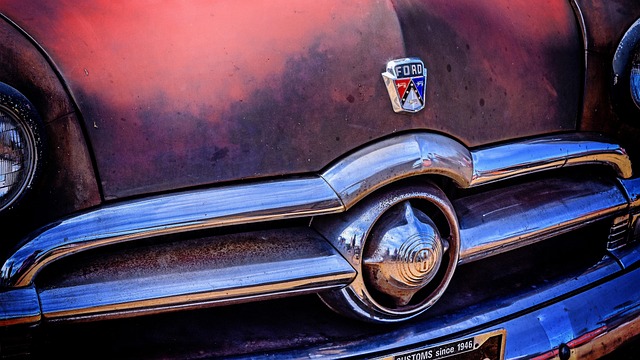
After successful auto bumper repair, proper maintenance is key to ensuring longevity and preserving the look of your vehicle. Regular washing with a soft cloth and pH-balanced soap is recommended to avoid damaging the fresh repairs. Be mindful not to use harsh chemicals or abrasive materials that could scratch the surface.
Additionally, inspecting your bumper regularly for any signs of wear, cracks, or dents allows for early detection and prevents minor issues from turning into bigger problems. For severe damages, seeking assistance from a reputable collision repair shop offering services like paintless dent repair and car body restoration can restore your bumper to its pre-incident condition effectively.
Auto bumper repair, while seemingly straightforward, involves a meticulous process of sanding and repainting to ensure a flawless finish. By following the step-by-step guide outlined in this article, you can effectively restore your vehicle’s front or rear protector. Remember that proper maintenance after the repair is crucial for longevity, ensuring your auto bumper remains in top condition and preserving its aesthetic appeal.
